Concrete Masonry Units, Fire Ratings, and Field Verification
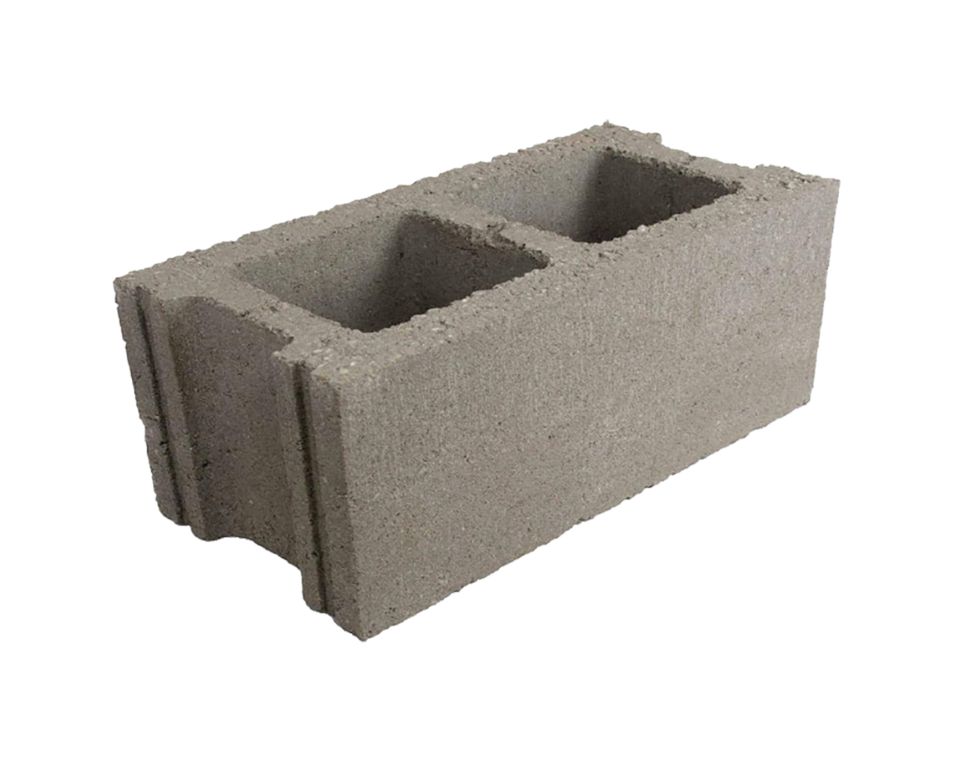
The masonry society (TMS) and the TMS 402/602 masonry code only address field verification of the code compliance of concrete masonry units (CMUs) in a general way. It certainly does not specify field special inspections or testing during masonry construction intended to verify the fire rating of the project CMU. So if the project special […]
Frost Line & Frost-Protected Shallow Foundations
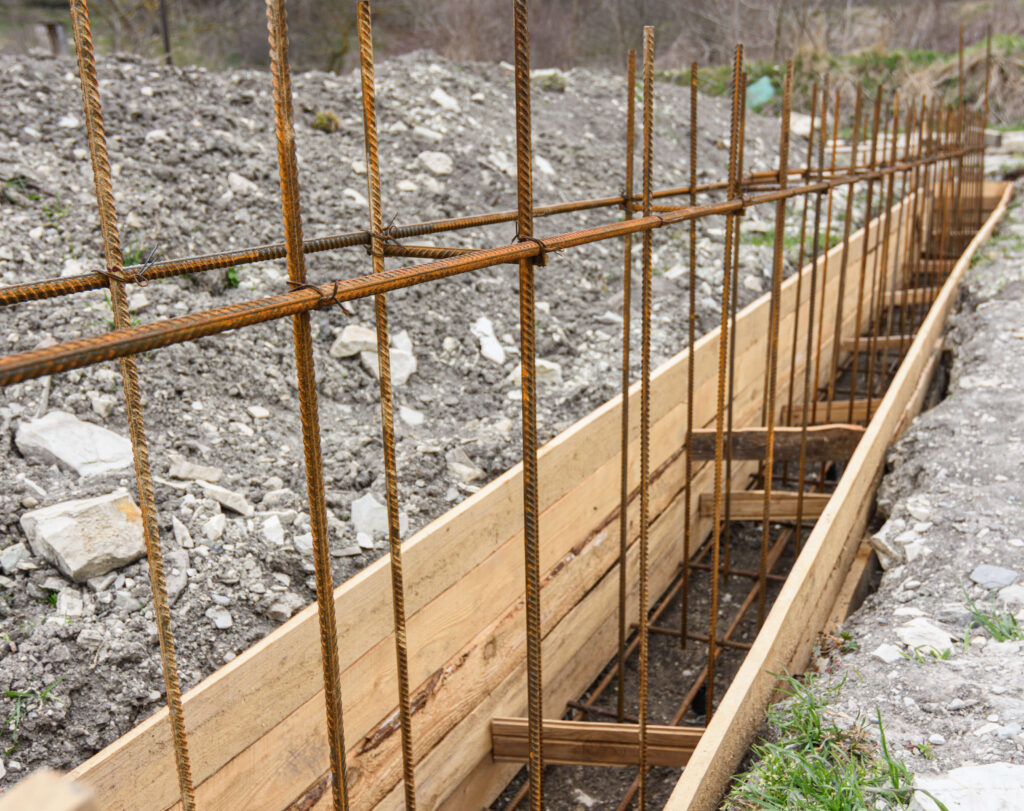
“Frost line” is defined as the lowest level below the ground surface to which a temperature of 32 F extends. The factors determining the depth of the frost line are air temperature and the length of time the temperature is below freezing, as well as the ability of the soil to conduct heat and its […]
Reinforcing Steel Code Compliance Criteria and CRSI

IBC Chapter 17, “Special Inspections and Tests,” requires certain special inspections on concrete reinforcing steel according to Table 1705.3, “Required Special Inspections and Tests of Concrete Construction.” One of the most important inspection tasks listed in the table is for the special inspector to verify the proper placement location of the reinforcement. Table 1705.3 compliance […]
Concrete Exposure Classes & Code Compliance Criteria

How does a person know which particular exposure class of concrete to use on each of the different types of concrete elements in the project? The simple answer is for Speaking in Code (SIC) to tell the person to spend some time reading ACI 318, Chapter 19, Section 19.3, “Concrete Durability Requirements.” It’s a big […]
AISI S240 Cold-Formed Steel Structural Framing Code
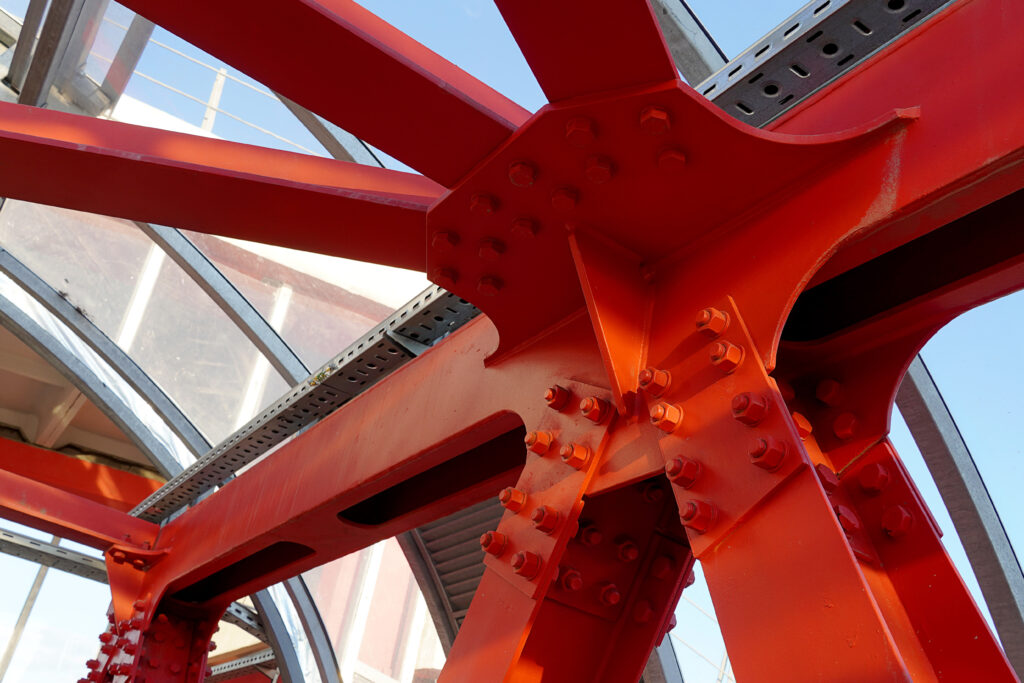
All jurisdictions that have adopted IBC 2018 must implement the brand new AISI S240-15 standard, “North American Standard For Cold-Formed Steel Structural Framing,” which stipulates minimum inspection and testing requirements for cold-formed steel structural framing. The AISI S240-15 requires that quality assurance (QA) agencies have a written plan to address procedures for the selection of […]
Conflicts Between the CODE and Construction Documents
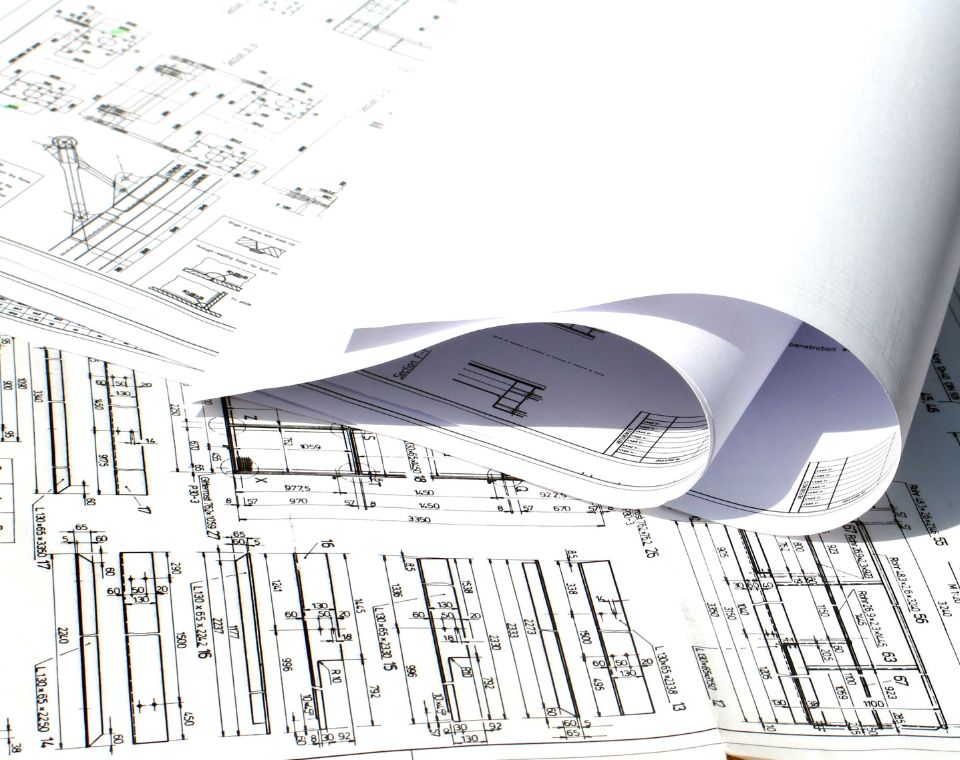
Conflicts between the CODE and construction documents occur on every project. Similarly, conflicts between the project drawings and specifications also occur on practically every project. Anticipate it and understand the order of precedence if this occurs: when there are conflicts between the project drawings and specifications, the specifications always take precedence. Nearly every state in […]
Pumping Concrete Successfully
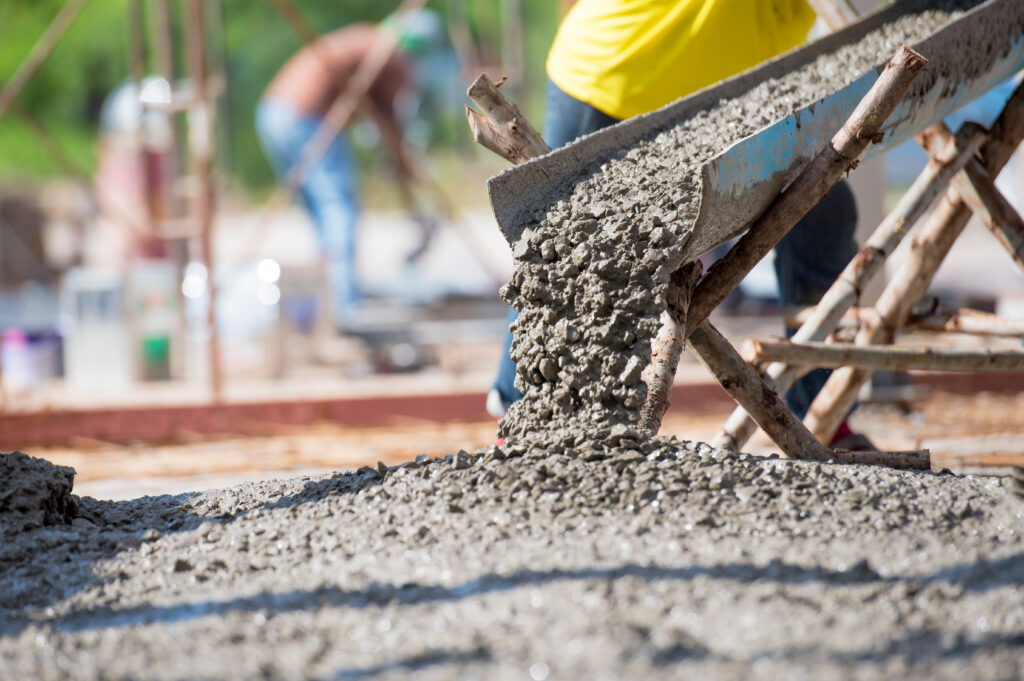
Successfully pumping concrete means transporting the concrete from the ready-mix truck to the desired project location quickly without any segregation. Compliance must also be maintained with applicable concrete building code criteria such as ACI 318, ACI 301, and ACI 332 (“Residential Code Requirements for Structural Concrete”). ACI 318, the concrete building code, and ACI 301, […]
Project Earthwork Phases – Role of the Geotechnical Report
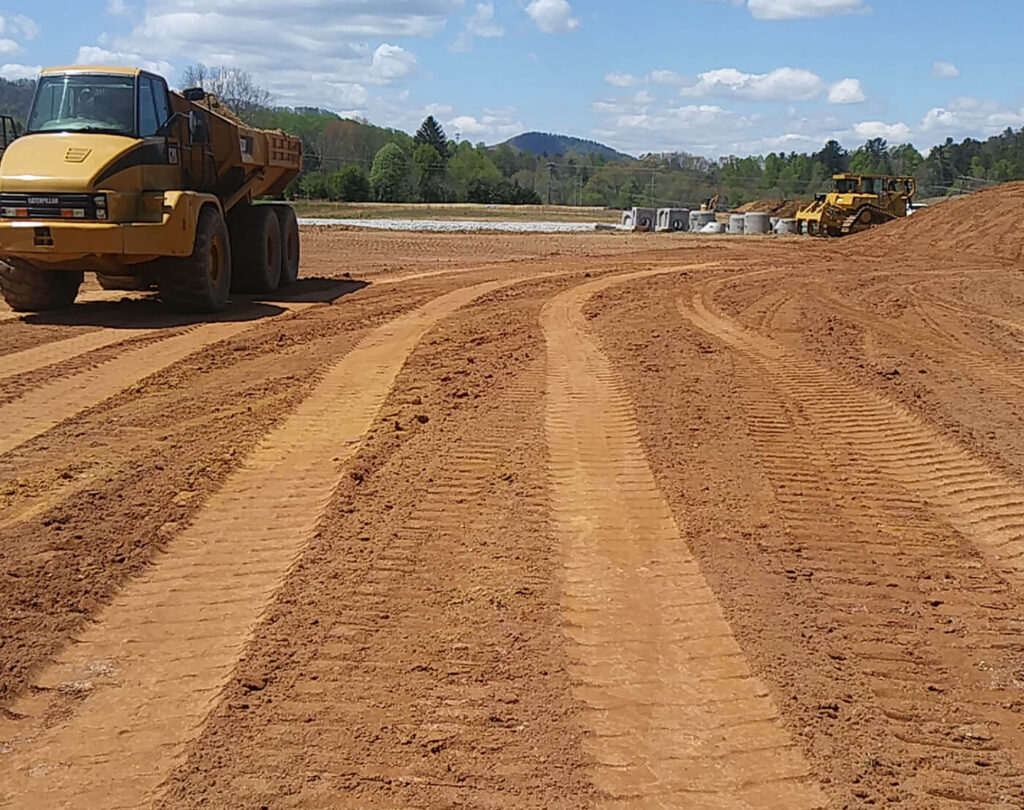
When a substantial amount of compacted fill is placed prior to building a new structure, the IBC Code requires that a special inspector be present continuously during fill placement. The construction special inspections firm is often not the same firm that provided the subsurface investigation and geotechnical report, nor is it the designated Geotechnical Engineer-of-Record […]
Lesser-Known Soils Special Inspections
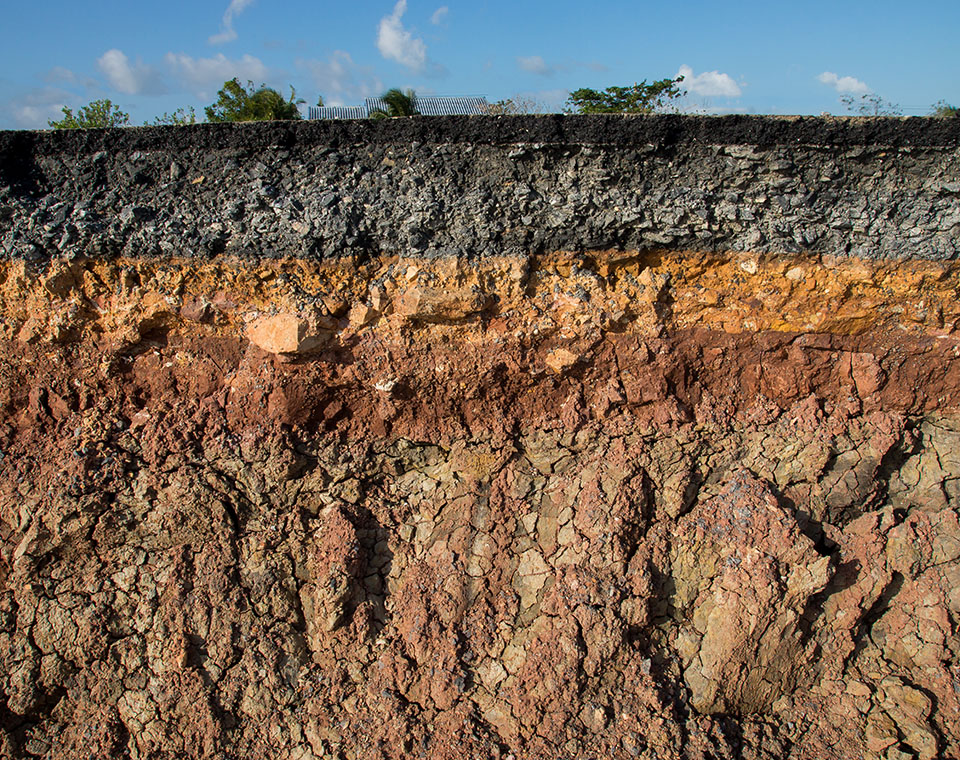
The soil special inspections required by IBC Section 1705.6 and Table 1705.6 should be familiar to anyone who provides, specifies, or reviews soil special inspections. The code-required special inspections listed in Table 1705.6 are vital elements to verify the designed bearing capacity of in-place soils, thereby limiting potential settlement. Chapter 18 of the IBC code […]
CELEBRATING SIX YEARS OF “SPEAKING IN CODE”

In May 2016, Froehling and Robertson, Inc. (F&R) distributed the first edition of “Speaking in Code” (SIC). It’s hard to believe, but “Speaking in Code” is six years old this month! SIC has grown to be one of the most popular digital publications read by architects, engineers, contractors, facility directors, and building officials across the […]
The Role of ACI 301, “Specifications for Structural Concrete”
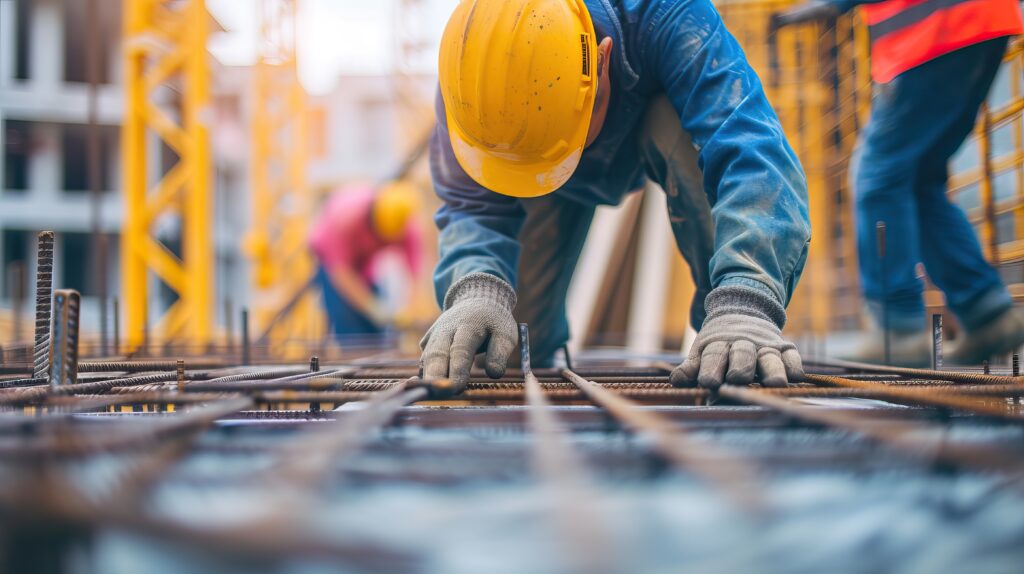
With the plethora of concrete standards and codes that apply to concrete construction, the role and purpose of ACI 301 can become a little obscure. The questions are almost as plentiful as the applicable standards and codes; there are dozens of them, if not hundreds. What is ACI 301 anyway? What is the difference between […]
SPEAKING IN CODE – STRUCTURAL STEEL SPECIAL INSPECTIONS REQUIRED BY CODE

(According to Chapter N of AISC 360) Dozens of code books and code reference standards contribute thousands of pages addressing structural steel inspections. This edition of Speaking in Code covers Chapter N of AISC 360 – Specifications for Structural Steel Buildings, which is entitled, “Quality Control and Quality Assurance.” This chapter is a total of […]
